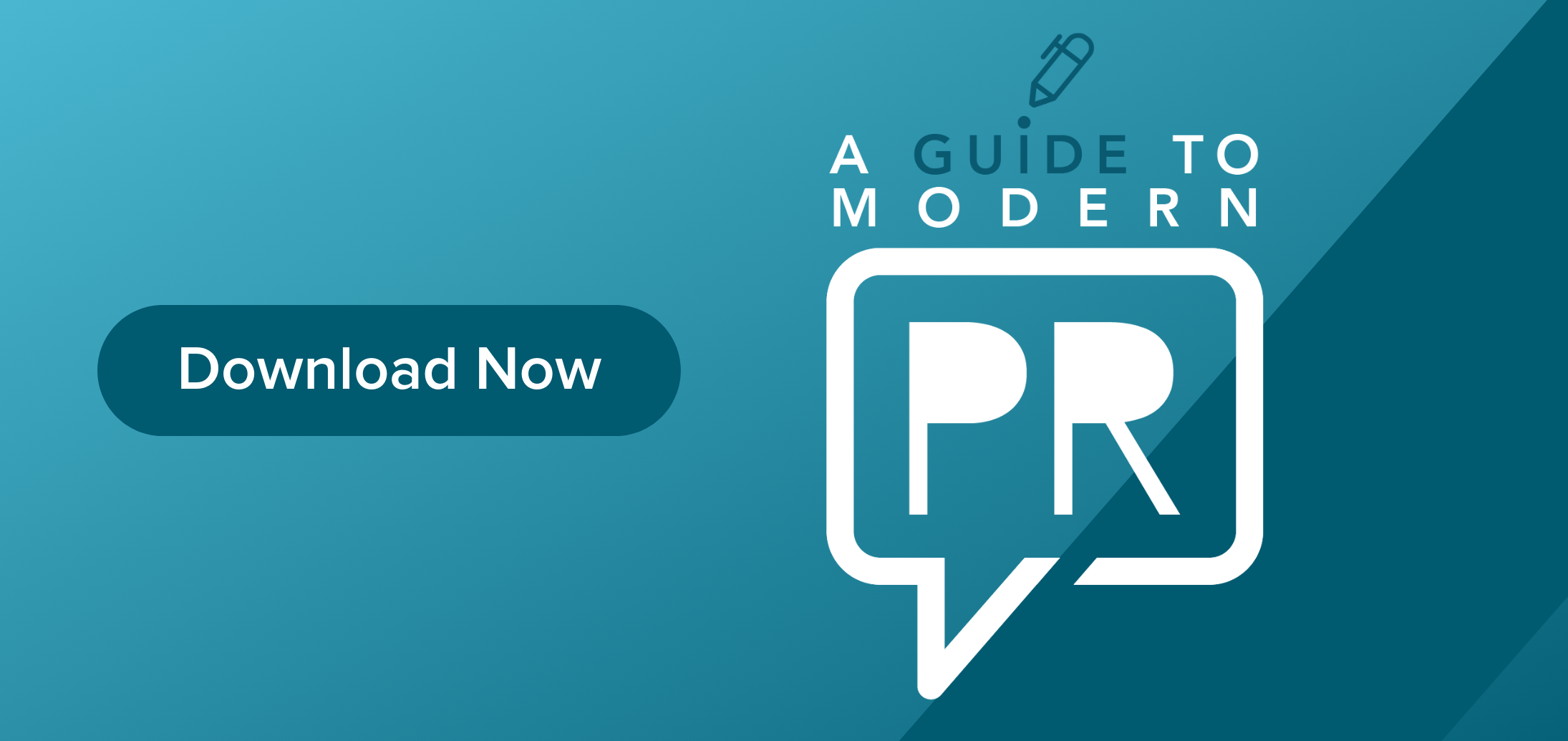After being in the public relations field for a while, I’ve realized that PR’s a lot like fishing. Both processes require the right bait, good timing, and a lot of patience. Oh, and one more thing: You end up having to constantly explain why your craft is much more than meets the eye (and much more complex than most people think).

What Is a PR Campaign?
Typically, PR campaigns fall into one of two buckets: source pitching and announcements.
The first is that the PR campaign is being used as an outreach strategy to pitch a corporate subject matter expert (known as an SME) as a source for journalists whose content reaches specific target audiences. For example, let’s say Mr. Flounder is the head of a company that sells HR software to businesses. His company hires Influence & Co. to create a PR campaign strategy geared toward improving brand recognition among HR professionals. Our team contacts journalists who write pieces catering to that audience and offers up Mr. Flounder as a thought leader with expertise and unique insights who’s available to serve as a source in an interview on the topic.
The second type of PR campaign is one that’s being used as an announcement vehicle. The announcement generally involves the creation of at least one press release or some form of proprietary data/news. When Ms. Salmon’s company launches a new product, enters into a noteworthy partnership, receives funding round investment money, or achieves any important business milestone, she’ll probably use this kind of PR campaign strategy.
What Makes a Good PR Campaign?
Now that we've discussed "what is a PR campaign," let’s dig deeper into what makes a "good" PR campaign and how the PR campaign strategy development process unfolds. Then, we will evaluate all the PR campaign steps used to drive the most successful outcomes.
When constructing a PR strategy, I stay keenly aware of the client’s intentions. As I listen, I think about all my press contacts. Remember: My role requires me to interact with journalists and their published content (including social media posts, photos, and videos). I also make sure we choose the best PR campaign “bucket” to pursue to achieve the client’s goals and secure the desired results.

PR Campaign Steps
After we’ve developed a structured, agreed-upon game plan for press outreach, I get to work. To understand what this means, check out the following road map of steps that go into most PR campaigns, regardless of type:
1. Pitching to journalists
This is where my fishing skills come into play. Thanks to the journalist relationship-building I’ve engaged in throughout my career, I can pinpoint which journalists we should contact. I’ll send them our press release or information about the SME. I want them to take the bait, so I’m selective about who receives my attention. Additionally, I prepare myself to be able to argue that my client’s expertise is indeed relevant to the journalist’s area of coverage. Journalists can sniff out “fish tales,” so I make sure my pitch is strong and compelling.
2. Waiting for journalists to respond
The best-case scenario for any pitch is a resounding “I’m interested!” In that case, I’m quickly trying to reel in the live catch. I’ll set up an interview or offer to get more information beyond the press release. Of course, not all journalists stay on the line all the way through to a published press mention. That’s OK. Either way, I’m raising awareness about my client and improving a web of outreach that can be a future benefit. You’d be surprised how many journalists recall a pitch they turned down and come back for insights for a different assignment weeks or months down the line.

3. Monitoring industry trends
While waiting for responses to my pitch, I keep tabs on industry trends by reading the industry newsletters pertinent to my clients’ audiences. (My favorite selections right now? Incrypto by Morning Brew, Fortune’s CFO Daily, and Quartz Daily Brief.) I set up Google Alerts for keywords or topics my clients are interested in, too. Staying ahead of the curve allows me to help clients take advantage of emerging opportunities in real time. These might be used for an existing or future PR campaign strategy.
4. Building a media list
Influence & Co. specializes in handling smaller, hypertargeted PR campaigns that require a personalized approach. We don’t do the conventional spray-and-pray method of sending out pitches and releases to anyone and everyone. This means I’m constantly adding to our media listings as new and interesting publications, sites, and podcasts bubble to the surface. To help me customize correspondence with journalists, I keep track of their work and anything we might have in common, such as hobbies (like baking!) or a shared alma mater (MIZ!).
5. Following up on initial outreach
I’ve gotten pretty good at keeping my pitches short, sweet, clear, and free of annoying and unnecessary pleasantries. I spend lots of time on subject lines, which is why I believe some of my favorites — “Forget Black Friday? Cancel Cyber Monday?” and “Ballin’ on an Event Marketing Budget 💸” — did so well. Even still, not all journalists respond right away. That’s when you have to casually but determinedly nudge. The nudge might include a bit more information or ask for clarity on whether the journalist received your outreach and is interested. Remember: Hearing “no” isn’t the end of the world. It just gets you closer to your next “yes.”
6. Reviewing PR campaign statistics
Numbers never lie, so it’s important to track all PR campaigns. At the same time, it’s worth remembering that if a journalist opens a pitch and still declines the offer, it’s a win. So, raw data must be interpreted correctly. At Influence & Co., we focus on driving up this kind of campaign engagement. A journalist who nibbles once will be likely to nibble again — and that bodes well for future “fishing” expeditions.
7. Identifying journalists to reengage with down the road
Journalists receive hundreds of emails a day, making them hard to reel in. I keep a roster of journalists who’ve been receptive. They ultimately become my go-to people for PR campaigns. Never underestimate the power that can come from having insider experts on your side. It’s not unheard of for a journalist to call me — and that just launches the chance for a brand-new client PR campaign.
PR campaigns might not be as relaxing as lounging with a makeshift fishing pole in a shady spot by a pristine pond. But they can be just as rewarding when all your efforts and patience pay off.











